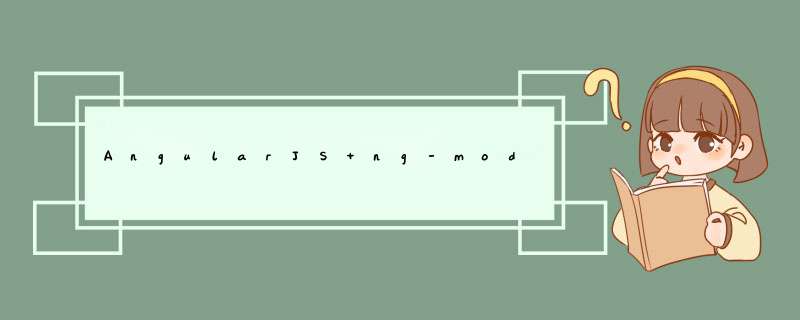
ng-if与其他指令一样,该指令将创建子范围。请参见下面的脚本(或此jsfiddle)
<script src="https://ajax.googleapis.com/ajax/libs/angularjs/1.2.0rc1/angular.min.js"></script><script> function main($scope) { $scope.testa = false; $scope.testb = false; $scope.testc = false; $scope.obj = {test: false}; }</script><div ng-app > <div ng-controller="main"> Test A: {{testa}}<br /> Test B: {{testb}}<br /> Test C: {{testc}}<br /> {{obj.test}} <div> testa (without ng-if): <input type="checkbox" ng-model="testa" /> </div> <div ng-if="!testa"> testb (with ng-if): <input type="checkbox" ng-model="testb" /> {{testb}} </div> <div ng-if="!someothervar"> testc (with ng-if): <input type="checkbox" ng-model="testc" /> </div> <div ng-if="!someothervar"> object (with ng-if): <input type="checkbox" ng-model="obj.test" /> </div> </div></div>因此,您的复选框将更改
testb子作用域的内部,而不更改外部父作用域。
请注意,如果要修改父作用域中的数据,则需要像我添加的最后一个div一样修改对象的内部属性。
欢迎分享,转载请注明来源:内存溢出

 微信扫一扫
微信扫一扫
 支付宝扫一扫
支付宝扫一扫
评论列表(0条)